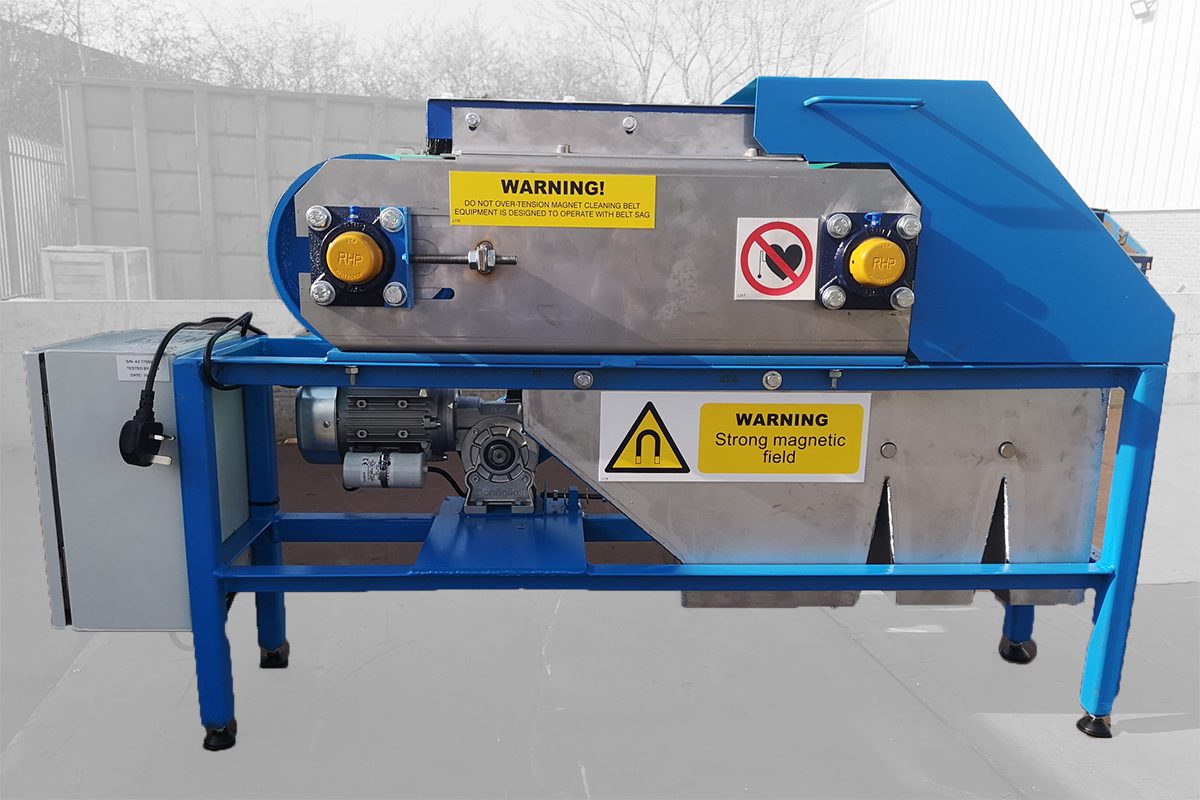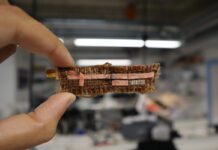
The University of Birmingham has purchased a laboratory-scale rare earth roll separator for its School of Metallurgy and Minerals lithium-ion battery recycling research facility. The high-intensity magnetic separator enables the separation of very weakly magnetic particles.
The system is provided by Bunting, a designer and manufacturer of magnetic separators for the recycling and waste industries, based in Redditch and Berkhamsted.
The Faraday Institution is funding the ReLiB (Recycling and Reuse of Li-ion Batteries) project, researching the reclamation, reuse and recycling of batteries used in electric vehicles. As a key part of the project, the School of Metallurgy and Minerals has established a new research facility assessing the chemical and physical challenges of effectively managing the re-use and recycling used car batteries. This includes a battery shredding facility and a range of physical separation equipment.
Throughout the project, the team from the univeristy worked closely with Bunting applications engineers based at the Redditch manufacturing plant. The university team regularly use the wide range of laboratory-scale separation equipment at the firm’s Customer Experience Centre, including a state-of-the-art electroStatic separator.
Previously, the University purchased a laboratory-scale metal separation module comprising a high-strength rare earth drum magnet and eddy current separator. This focuses on the recovery of non-ferrous metallics.
The new laboratory-scale rare earth roll separator works in conjunction with other separation equipment, enabling the separation of various anode and cathode materials from the shredded battery components.
High-intensity magnetic separation
The separator features a 200mm diameter head pulley on a short conveyor, constructed using high-strength permanent neodymium rare earth magnet rings sandwiched between steel pole pieces. A vibratory feeder seemingly delivers an even, controlled feed of shredded material onto a thin conveyor belt. This belt transports the material into the high-intensity magnetic field of the head pulley, which attracts magnetically susceptible metals and materials, altering their final trajectory and enabling a separation using a strategically placed splitter. The rare earth roll employs a radial magnetic field with the poles running in the same direction as the material flow.
Technology plays a key role in the successful management of secondary materials such as lithium-ion batteries. With virgin raw material reserves under severe pressure, successful ‘urban mining’ of secondary and waste materials supports the recovery of valuable metals and rare earth elements. Magnetic and electroStatic separation provide environmentally-friendly mechanical solutions for physical segregation and subsequent recycling.






